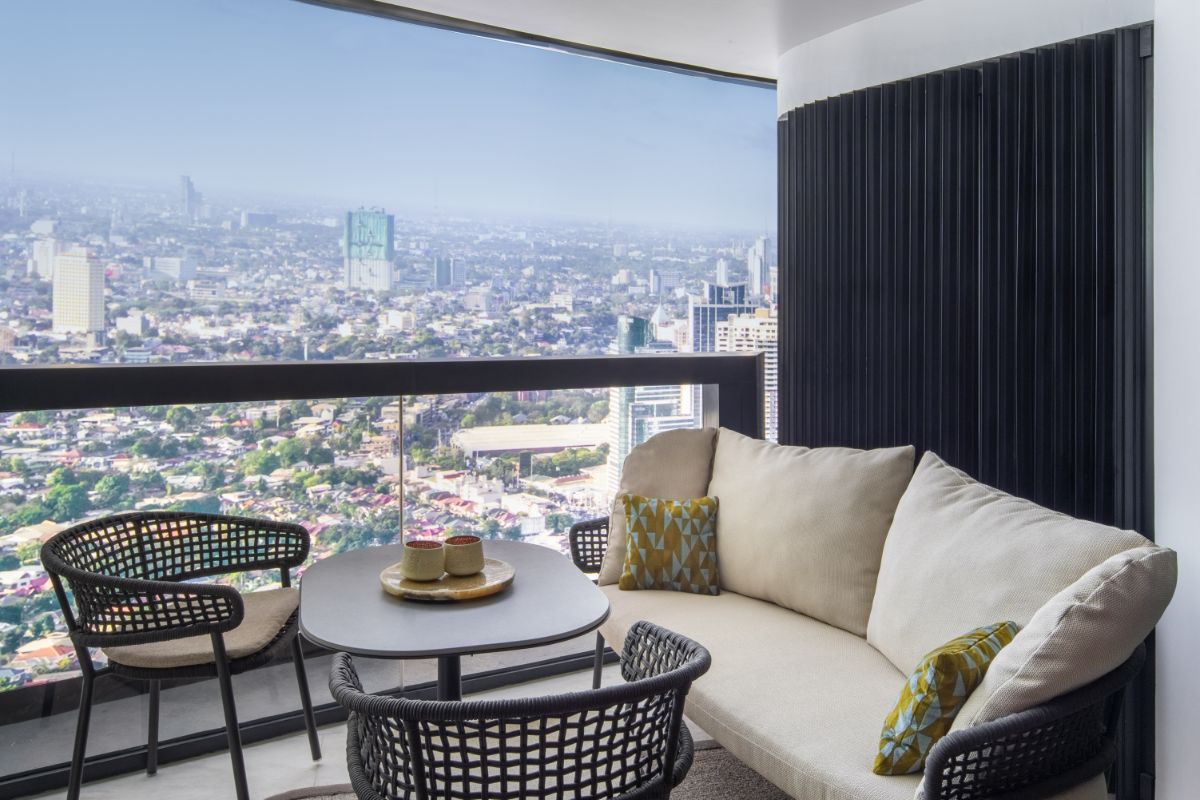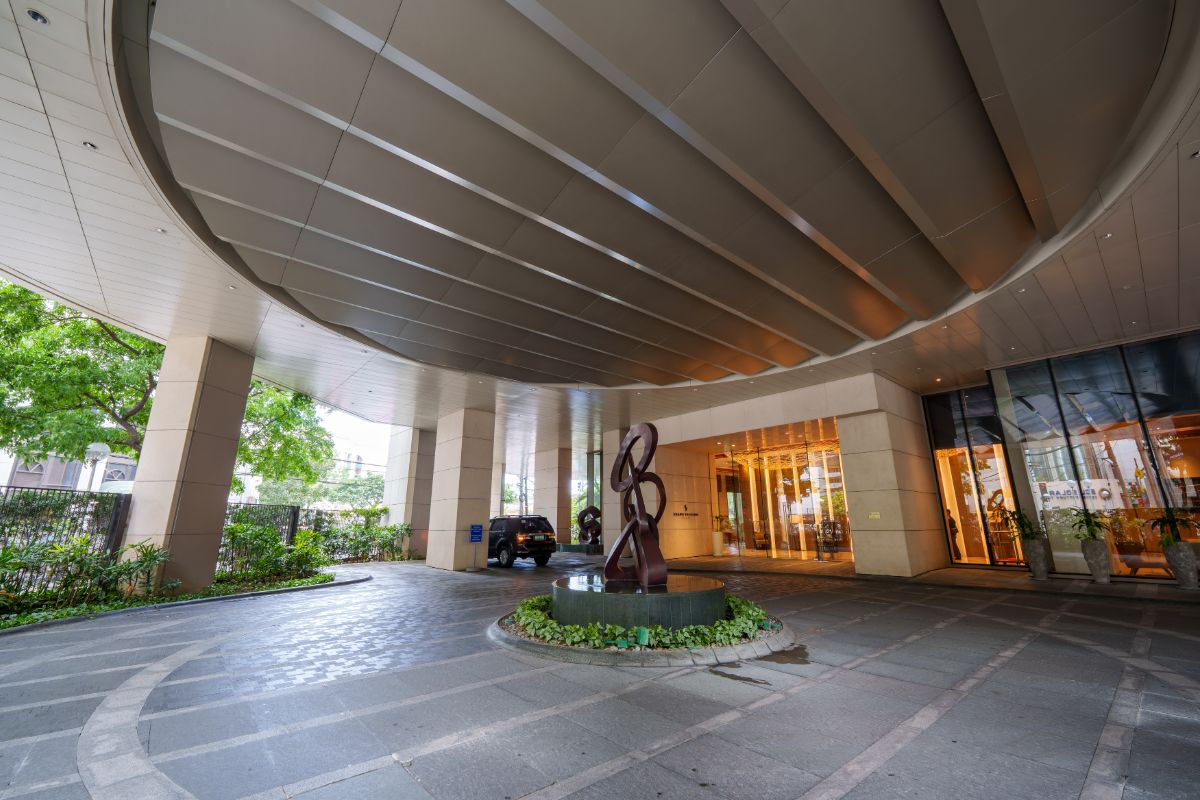Why Philippines’ property market is thriving?
- Consistent economic expansion
- Remittances from OFWs
- Ongoing infrastructure projects
- Growing middle class
- Booming tourism and foreign investments
Overview
Despite economic volatility and risks, the Philippine property market has grown remarkably, attracting interest from various stakeholders.
Steady economic growth, OFW remittances, infrastructure projects, high-end condomioniums, a growing middle class, and tourism boost the Philippines’ economy.
The Philippines’ property market has shown extraordinary development and durability in recent years, despite economic volatility and geopolitical risks, attracting the interest of academics, investors, and politicians. As the country wrestles with the complexities of a fast-changing economic landscape, the flourishing real estate market emerges as a captivating subject of study worthy of in-depth investigation.
The article examines why the Philippine property market is thriving, from demographics to legislation, with the goal of providing a more nuanced understanding of consequences for economic stability and the larger socioeconomic fabric. Its major purpose is to reveal market factors that drive growth, providing useful insights to stakeholders like as developers, investors, legislators, and urban planners.
Consistent Economic Expansion
The Philippines’ steady economic progress is one of the fundamental signs of a healthy economy. According to the Asian Development Bank, the Philippines had a resilient economy in April 2023, with a growth rate of 6.0% for the year.
Rising domestic demand, a rebounding services sector (particularly tourism), a robust industrial business, and significant public infrastructure projects are all important drivers. Notably, unemployment fell to 4.8% in January 2023, caused by 4.1 million new jobs, mostly in the services sector.
Risks such as global economic uncertainty and inflation, on the other hand, remain. Maintaining infrastructure spending and addressing climate change is critical for the Philippines to achieve sustainable, inclusive growth.
Remittances From OFWs

Overseas Filipino Workers (OFWs), also known as “Bagong-Bayani” (modern-day heroes) in the Philippines, exemplify courage, humility, and altruism. They make enormous sacrifices by leaving their own country to work in another country in order to offer a better life for their families and communities. Their quest, however, is riddled with difficulties.
Using the Numbers:
From April to September 2021, the Philippine Statistics Authority reported 1.83 million OFWs working overseas. Approximately “four out of every ten” OFWs work in low-status or ‘elementary’ employment such as street vending, construction, factory work, cleaning, domestic service, and agricultural labor.
Economic Lifelines: Remittances
OFW remittances to the Philippines hit an all-time high of US$36.14 billion in 2022, a 3.6 percent increase over the previous year. These remittances are critical not only for supporting families but also for the Philippine economy. They direct funds into the local economy, promoting economic development by facilitating investments in education, healthcare, and small companies.
These finances stimulate domestic spending, increasing demand in a variety of sectors and creating job possibilities, all of which contribute considerably to economic growth and lower unemployment rates.
Ongoing Infrastructure Projects
According to National Economic and Development Authority (NEDA) Secretary Arsenio Balisacan, the Philippines is undergoing a dramatic shift, with 71 big infrastructure projects worth P4.11 trillion now under construction. These initiatives are altering the nation’s connection and propelling economic growth.
In July 2023, significant projects such as the Metro Cebu Expressway, Nautical Highway Network Improvement, and Daang Maharlika Improvement will improve connectivity in the Philippines. Despite this, 123 infrastructure flagship projects are awaiting government approval. TPLEX Extension, Philippine Rural Development Scale-up, and Laguindingan Airport Expansion were recently added to the list of projects. These expedite budget and permit processing.
Added to that, the urban landscape is changing as a result of the advent of high-end condominiums, such as Shangri-La Properties’ most recent constructions. These luxurious residences revolutionize modern living, attracting both domestic and international investors. This change not only changes the skyline but is also one of the main factors why the Philippine property market is thriving.
Growing Middle Class

Data from the Philippine Statistics Authority’s (PSA) 2015 Family Income and Expenditure Survey (FIES) reveal a noteworthy trend. Approximately two out of every five Filipinos, or 40.2% of the population, are middle-income.
Since 2006, about 60% of the population has been classified as low-income, with only 1.4% classified as high-income. At 40.2%, the Philippines’ rising middle class represents economic progress, fueling domestic spending, ensuring stability, and enhancing overall prosperity.
Booming Tourism and Foreign Investments
Following a pandemic-induced pause, travel enthusiasts are gearing up for new adventures. The Philippines, in particular, is experiencing a tourist comeback, with over 1.8 million international arrivals exceeding previous projections in the first four months of 2023.
The Department of Tourism (DoT) forecasts 4.8 million international visitors in 2023, combined with a healthy recovery in domestic tourism. Hotels and restaurants are teeming with activity, signaling the return of “revenge travel,” while a spike in high-end condominium constructions supports this revival by providing modern lodgings for both domestic and international travelers. Officials and industry players remain upbeat, emphasizing the importance of infrastructure and sustainable tourism practices.
Key Takeaway
In the midst of economic instability and geopolitical concerns, the Philippines’ property market stands out as a brilliant representation of resilience and growth. Several significant aspects contribute to the development of this growing market.
Discover investment alternatives in this thriving market, such as Shangri-La Properties’ premium condominiums, and be a part of the country’s spectacular property boom. Contact us and make an investment in your future today.






